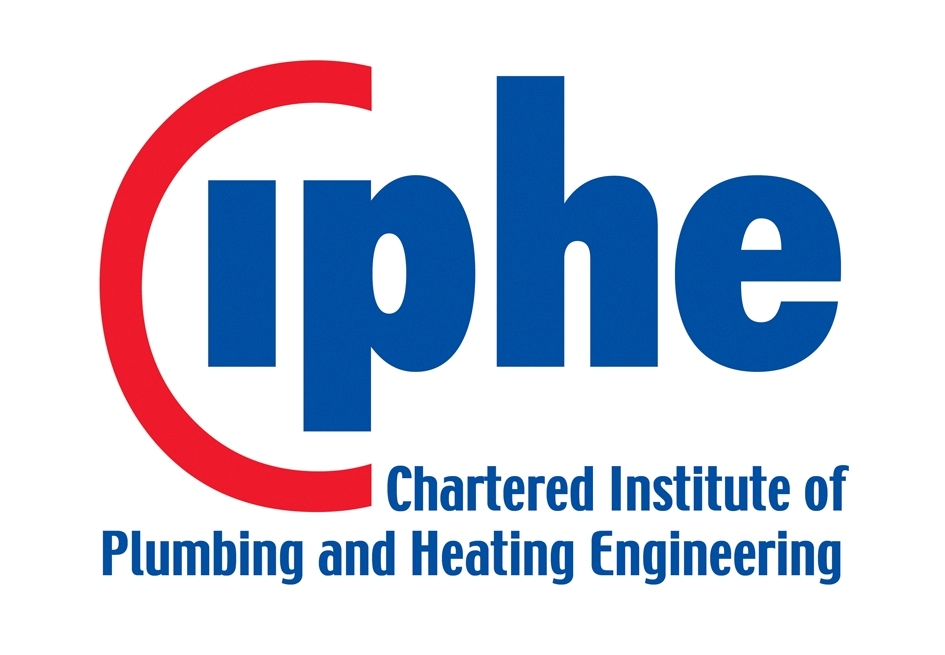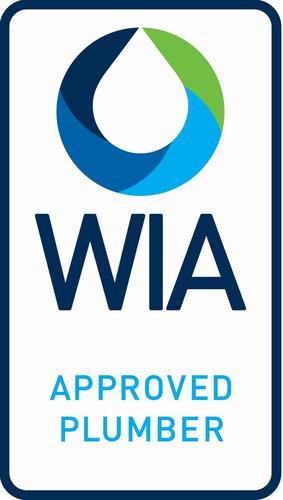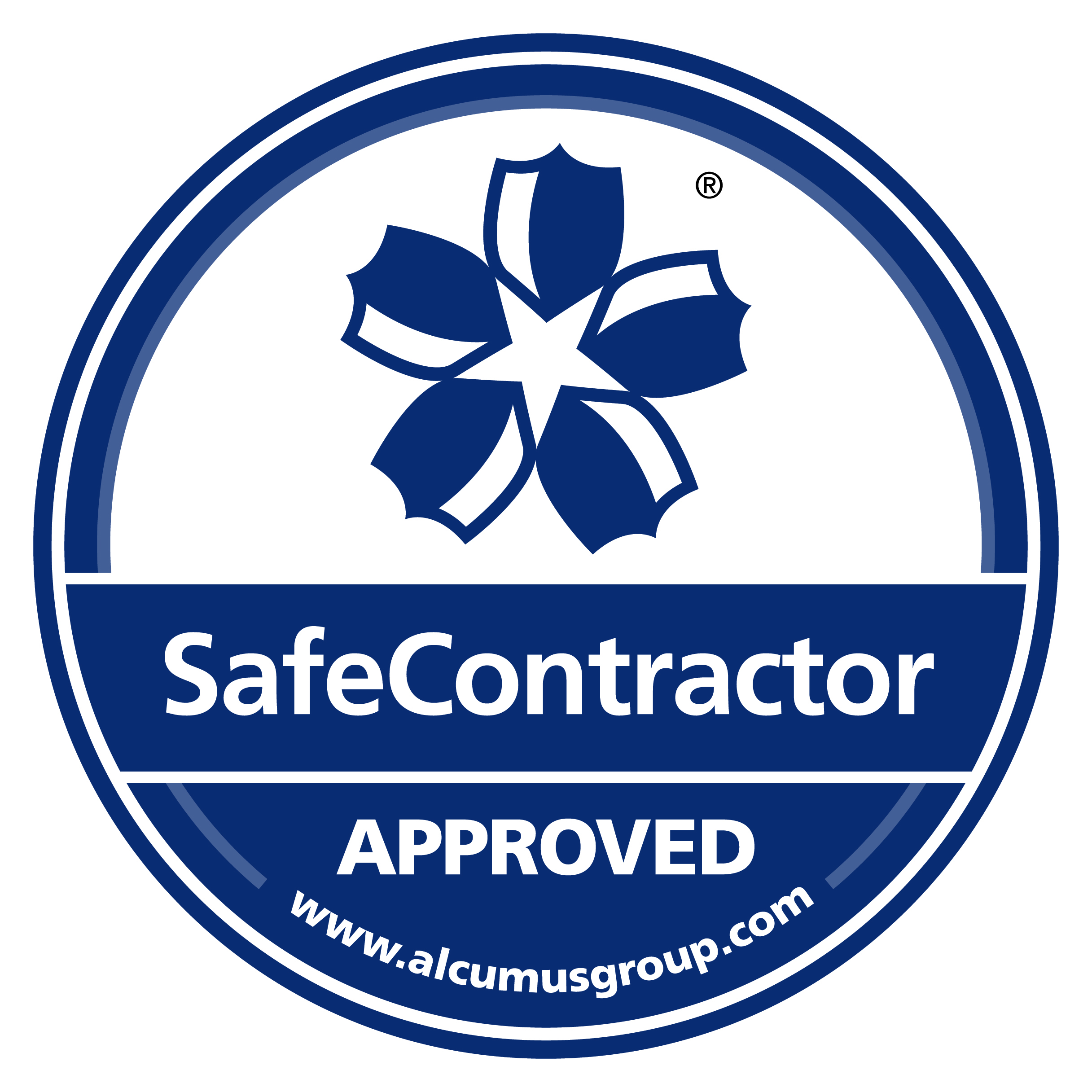Water treatment services have long been considered a necessary evil like household insurance you know you have to have it to be protected but you are reluctant to pay for it; the likelihood of anything happening is well.. unlikely (you hope)
However it is a legal requirement for Schools, Hospitals, Companies, Industrial and Commercial premises; in fact, anywhere that provides running water to its employees, members, patients, children to have a legionella risk assessment of your water systems.
The HSE (Health and Safety Executive) legionella approved code of practice ACOP L8 outlines the importance of having a risk assessment and is the first step toward a treatment and water hygiene compliance program.
It is a Company’s responsibility to ensure that water in the work place is kept free from contaminants.
What is legionella? 
Legionnaires disease (legionellosis) is a potentially fatal infectious diesease caused by bacteria belonging to the genus legionella. Over 90% of legionellosis cases are caused by legionella pneumophila an aquatic organism that thrives in temperatures between 25°C and 45°C; with an optimum temperature of 35°C.
Legionella is a form of pneumonia which results in around 250 identified cases a year and can prove fatal especially to those who are frail and old (Hospitals and Care Home Providers) and prone to respiratory problems.
The illness can be contracted by inhaling small droplets of water suspended in air (vapour) which contain the legionella bacterium.
Legionella bacteria occur naturally in soil and surface water but can be prolific in man made environments such as cooling towers, hot and cold distribution systems, water plants, humidifiers and air washers.
Why do I need a water treatment program?
It is a legislative requirement laid down by the Control of Substances Hazardous to Health Regulations (CoSHH) achieved by following the approved code of practice (ACOP L8) The control of legionella (Bacteria in water systems).
It requires the employer to conduct the following:-
- identification and risk assessment of the legionella risk
- prevention or minimisation of risk from exposure to legionella
- systems for the management of the water treatment process
- record keeping of maintenance, cleaning and disinfection
How is the process managed?
On completion of the risk assessment, a report hi-lights the actions needed along with the preventative measures required to minimise the risk.
Legionella bacteria are managed through the use of chemicals or temperature.
Chlorine Dioxide is an excellent chemical choice for the control of Legionella within water systems as it can be used safely in drinking water.
Managing Legionella involves the system being regularly monitored.
In general if temperatures of the cold remain below 20° C and hot water remains above 50° C then the system is considered under control however there are other factors such as the cleanliness of the system and presence of stagnant pipe work that can also increase risk.
A management program should be implemented to ensure that temperatures are recorded regularly and that any remedial work is undertaken if they fall outside the recommended levels.
Aquatech Services provide a comprehensive water treatment services regime designed for all water systems for Schools, Companies, Industrial and Commercial premises.











